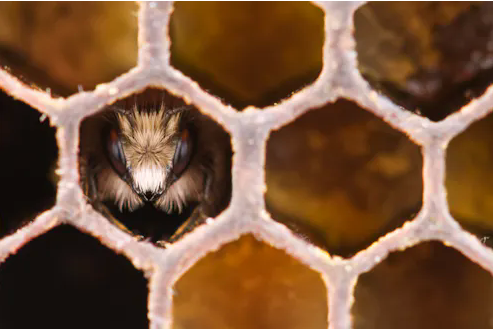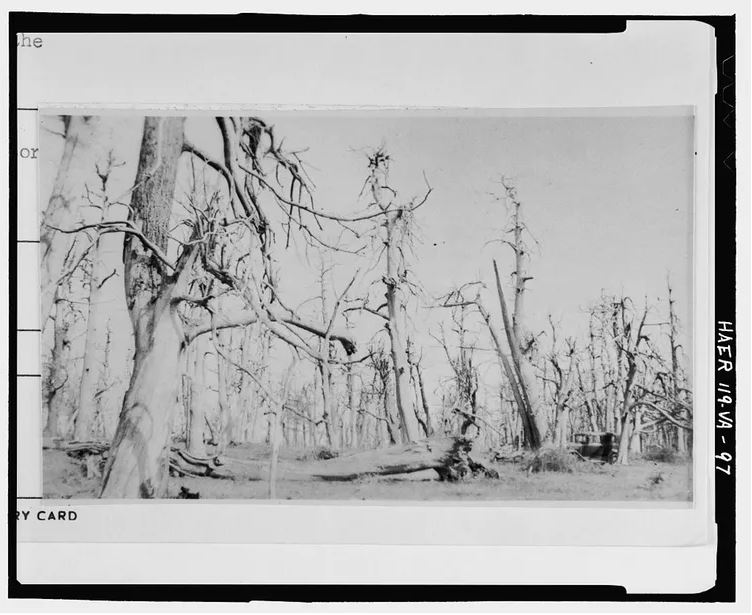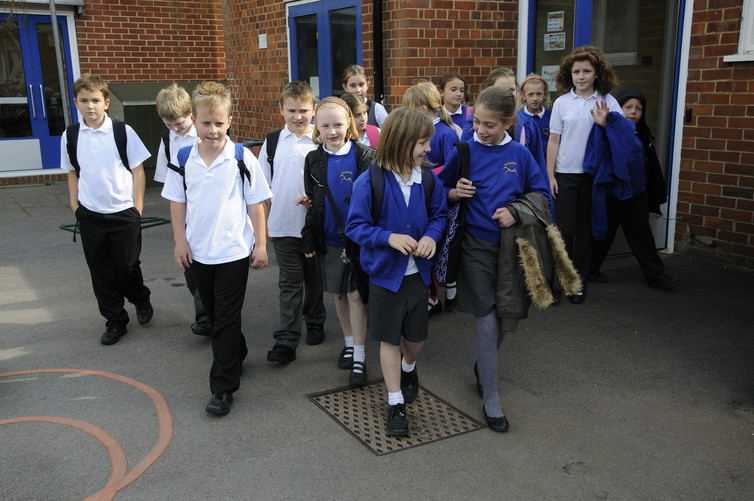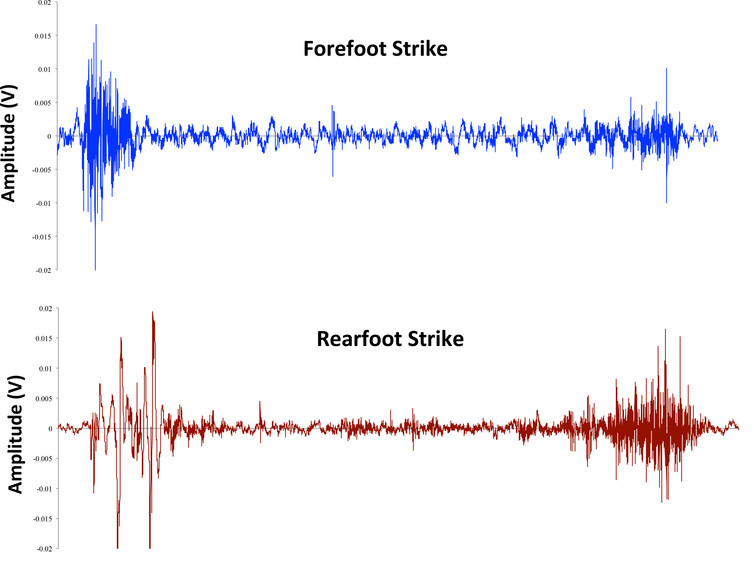 Correlation: Sitting Is Bad For Your Health And Exercise Won't Help
Correlation: Sitting Is Bad For Your Health And Exercise Won't HelpAdvances in technology in recent decades have obviated the need and desire for humans to move....
 It's About Calories, So Kimchi Is Not A Weight Loss Superfood - But You May Eat Less
It's About Calories, So Kimchi Is Not A Weight Loss Superfood - But You May Eat LessFermented foods have become popular in recent years, partly due to their perceived health benefits....
 Beekeepers Are Wrong About Overwinter Hive Behavior
Beekeepers Are Wrong About Overwinter Hive BehaviorHoneybees in man-made hives may have been suffering the cold unnecessarily for over a century because...
 Why Does Anyone Still Search For The Loch Ness Monster?
Why Does Anyone Still Search For The Loch Ness Monster?Hugh Gray was taking his usual post-church walk around Loch Ness in Scotland on a November Sunday...







 Fictional metaphors matter, and in the battle to safeguard our civil liberties few metaphors matter more than George Orwell’s 1984. Although first published almost 70 years ago, the lasting salience of this most archetypal dystopia is undeniable.
Fictional metaphors matter, and in the battle to safeguard our civil liberties few metaphors matter more than George Orwell’s 1984. Although first published almost 70 years ago, the lasting salience of this most archetypal dystopia is undeniable. 


 There’s a widespread belief that actually existing democracies are in the grip of a fast-paced world dominated by breaking news and all things instant. The following contribution sets out to question this belief. It takes readers on a time journey. It sets out to probe the meaning of time, and explains why time has a malleable quality. It asks why time is a political matter and why, when they function well, democracies do intriguing things to people’s shared sense of time.
There’s a widespread belief that actually existing democracies are in the grip of a fast-paced world dominated by breaking news and all things instant. The following contribution sets out to question this belief. It takes readers on a time journey. It sets out to probe the meaning of time, and explains why time has a malleable quality. It asks why time is a political matter and why, when they function well, democracies do intriguing things to people’s shared sense of time. 